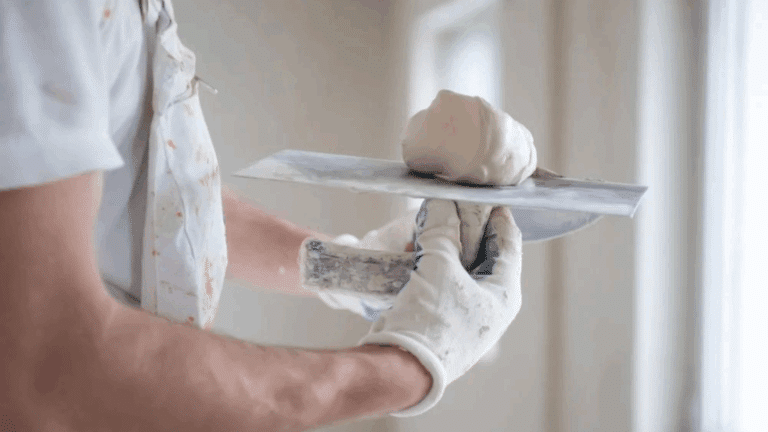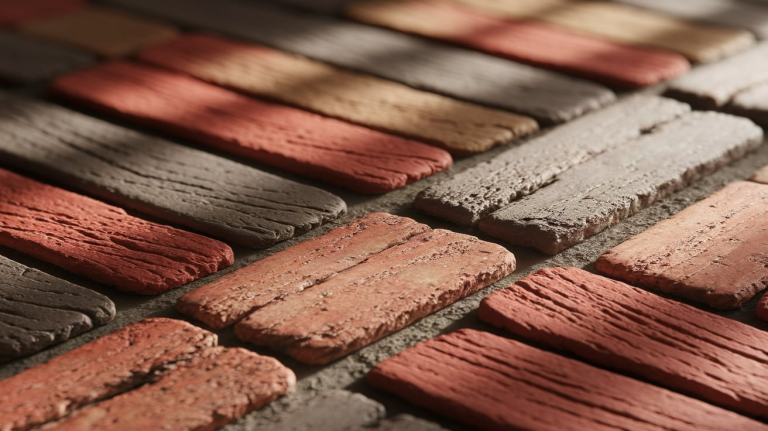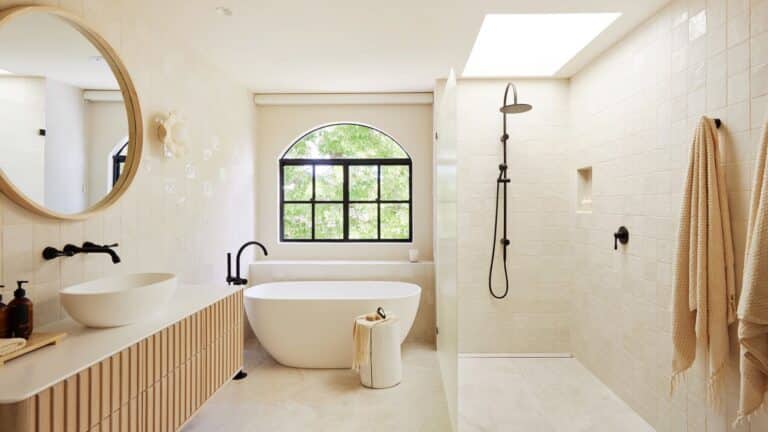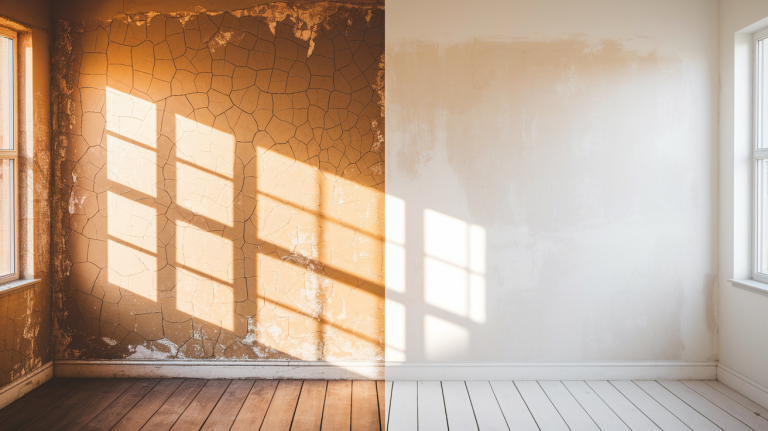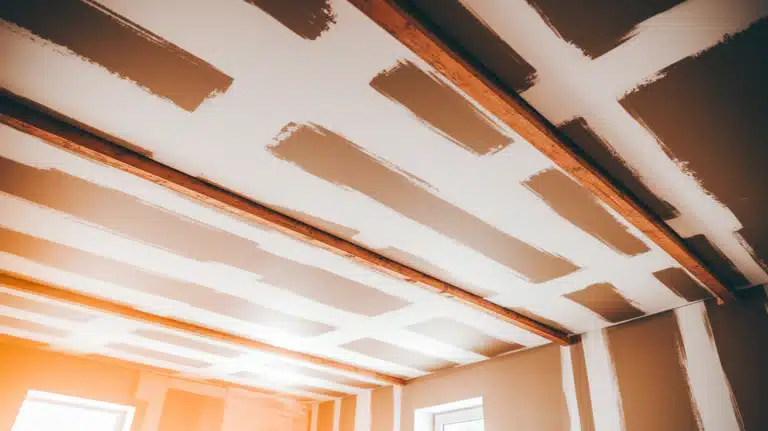Can You Paint Trex Decking? Everything You Need to Know
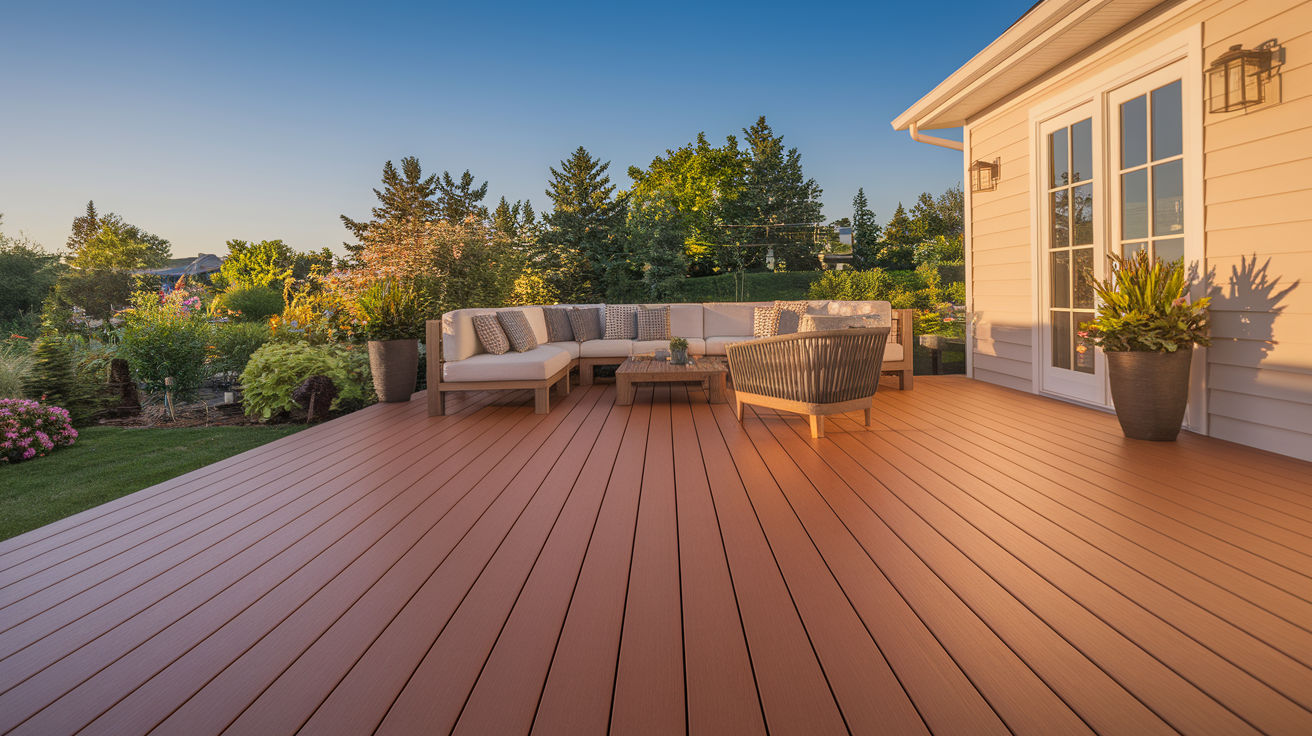
Homeowners looking to add a deck often consider Trex decking as a solution. This outdoor flooring option has gained popularity as a long-lasting alternative to wood.
Trex decking is made from recycled materials, a mix of wood fibers and plastic film. This combination creates boards that stand up to the weather without the upkeep traditional wood requires.
This post explains Trex decking, how it differs from other options, its advantages and limitations, and why many people choose it for their homes.
By the end, readers will know if Trex decking is the right fit for their outdoor space and budget.
Can You Paint Composite Decking Without Damage
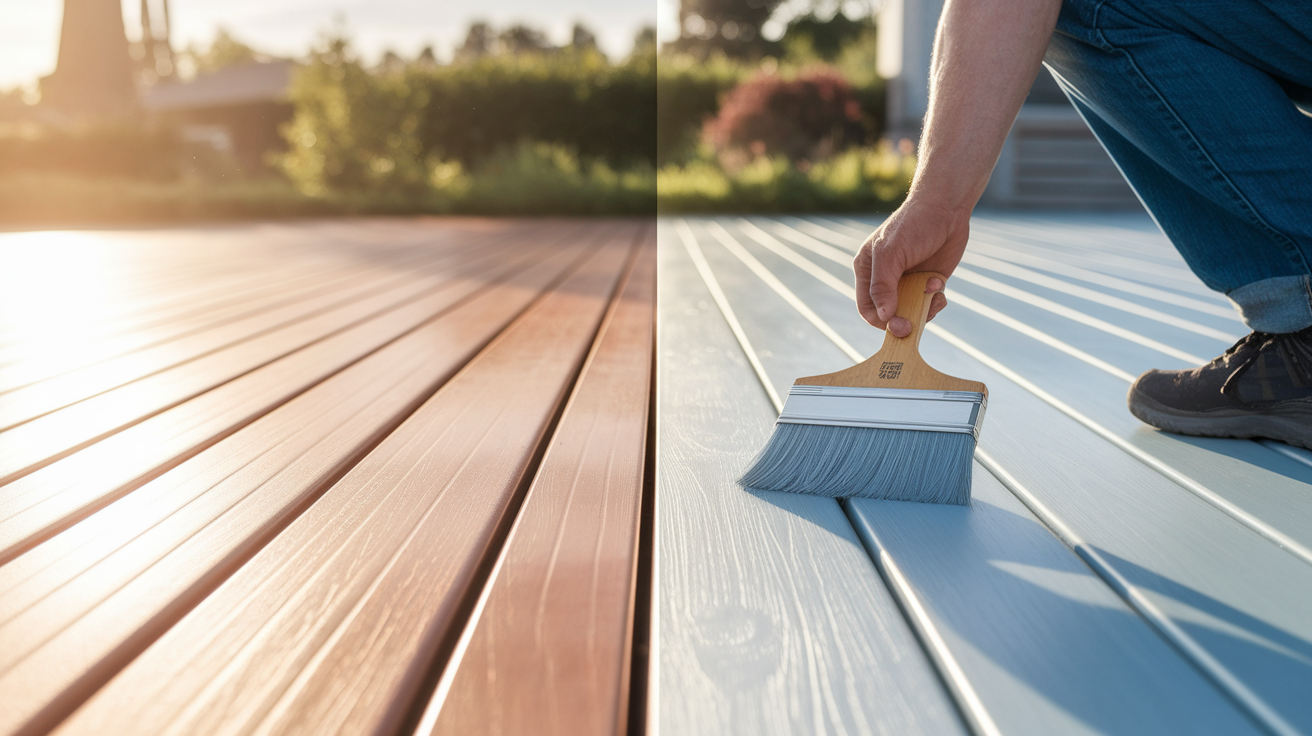
Many homeowners wonder about painting their Trex decking when it starts to look worn or when they want a color change.
The short answer is yes, Trex decking can be painted, but there are important factors to consider before grabbing a paintbrush.
Trex decking comes with a factory-finished surface that’s meant to last for years.
- The material itself contains a mix of wood fibers and plastic, which makes it different from pure wood.
- The deck needs proper cleaning and preparation before painting. This includes washing the surface thoroughly and letting it dry completely.
- A good-quality primer made for composite materials must be applied first to help the paint stick better.
- For the paint itself, an exterior acrylic latex paint works best on Trex. Several thin coats will provide better results than one thick layer.
The paint job might need renewal every few years as the finish can wear with foot traffic and weather exposure.
It’s worth noting that painting Trex may void the manufacturer’s remaining warranty. Homeowners should check their warranty details before proceeding with a painting project.
A painted Trex deck requires more maintenance than an unpainted one. The natural benefit of low maintenance somewhat disappears once paint enters the picture.
What Type of Paint is Best for Trex Decking
Different types of paints offer varying levels of protection, coverage, and ease of application. Here are some of the best options to consider:
1. Exterior Acrylic Latex Paint
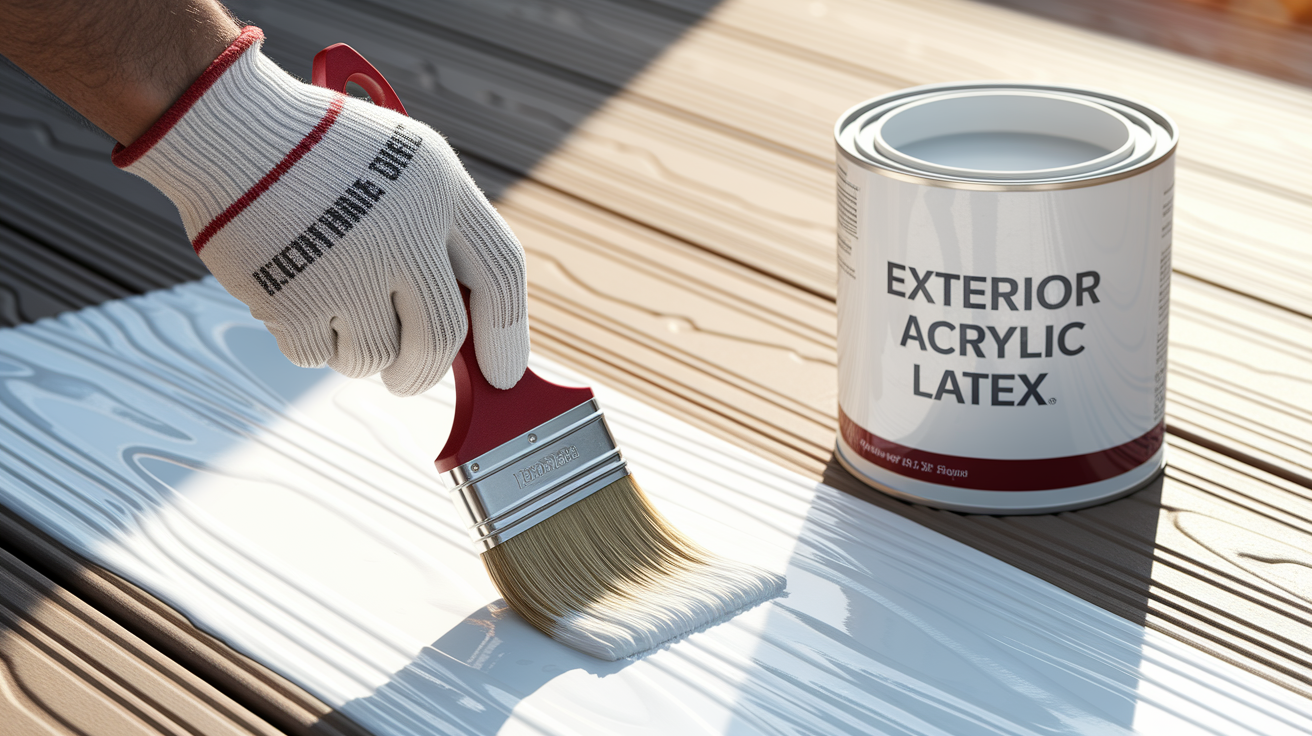
This paint type stands out as the top choice for Trex decking. It bonds well to the composite surface while offering the flexibility needed as the material expands and contracts with temperature changes.
The water-based formula allows for easier cleanup and produces fewer fumes during application.
2. Avoid Oil-Based Options
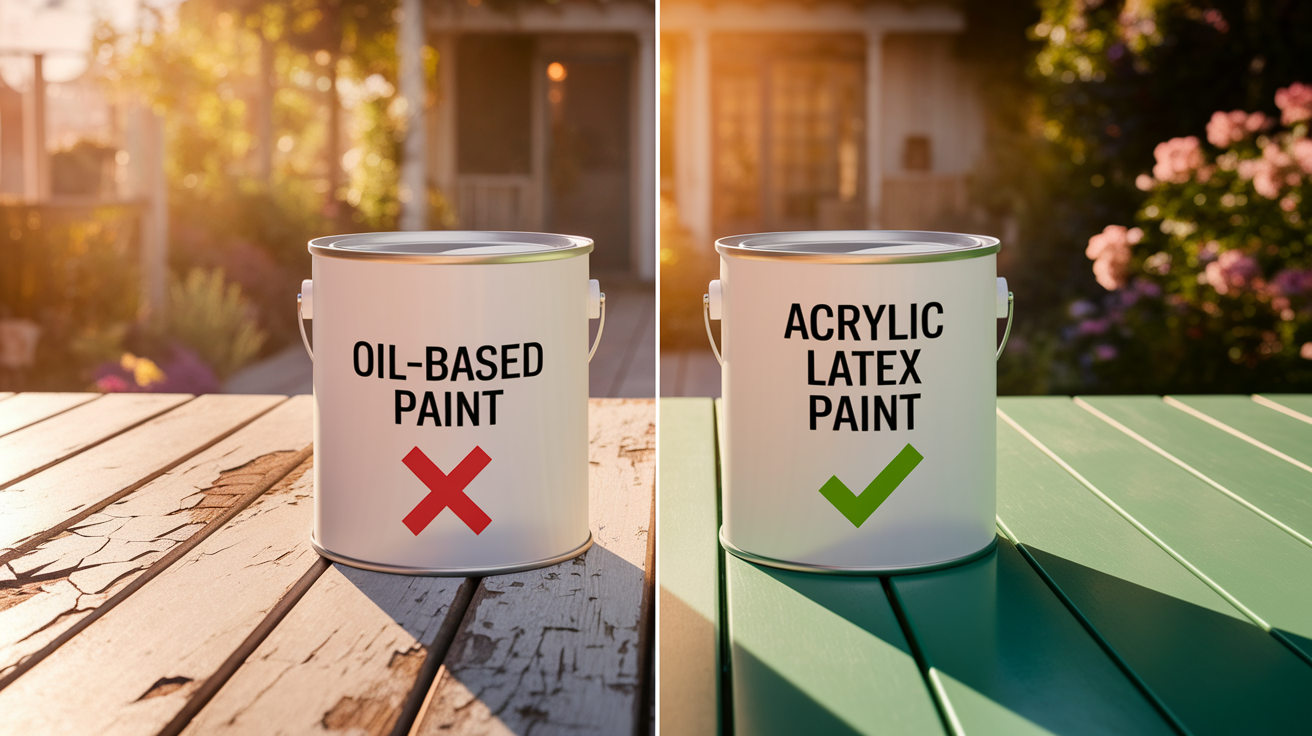
Oil-based paints don’t work well on Trex decking. They fail to bond properly with the composite surface and tend to crack and peel much faster than acrylic latex versions.
This leads to more frequent repainting and maintenance.
3. Satin or Semi-Gloss Finish
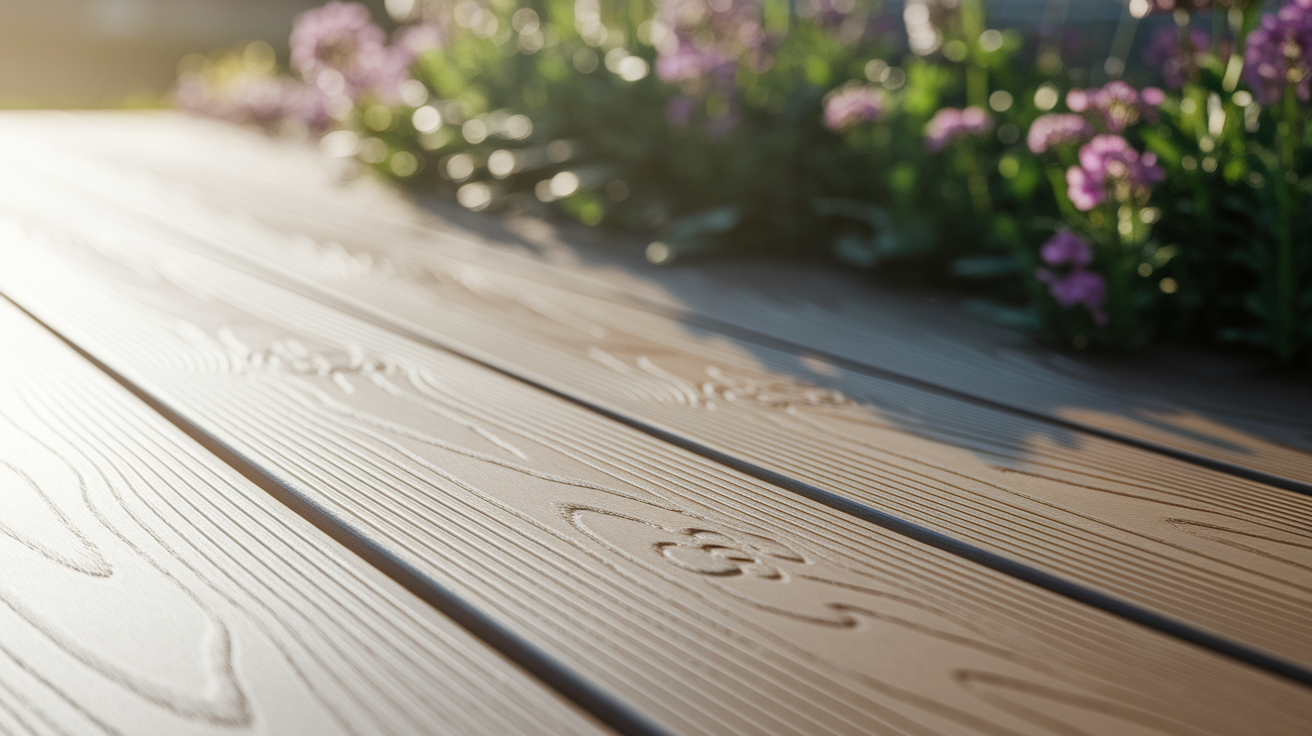
These finish types provide the best balance for decking. Unlike high-gloss options, they offer some shine without becoming too slippery when wet.
They also tend to hide wear and tear better in high-traffic deck areas.
4. Composite-Specific Formulations
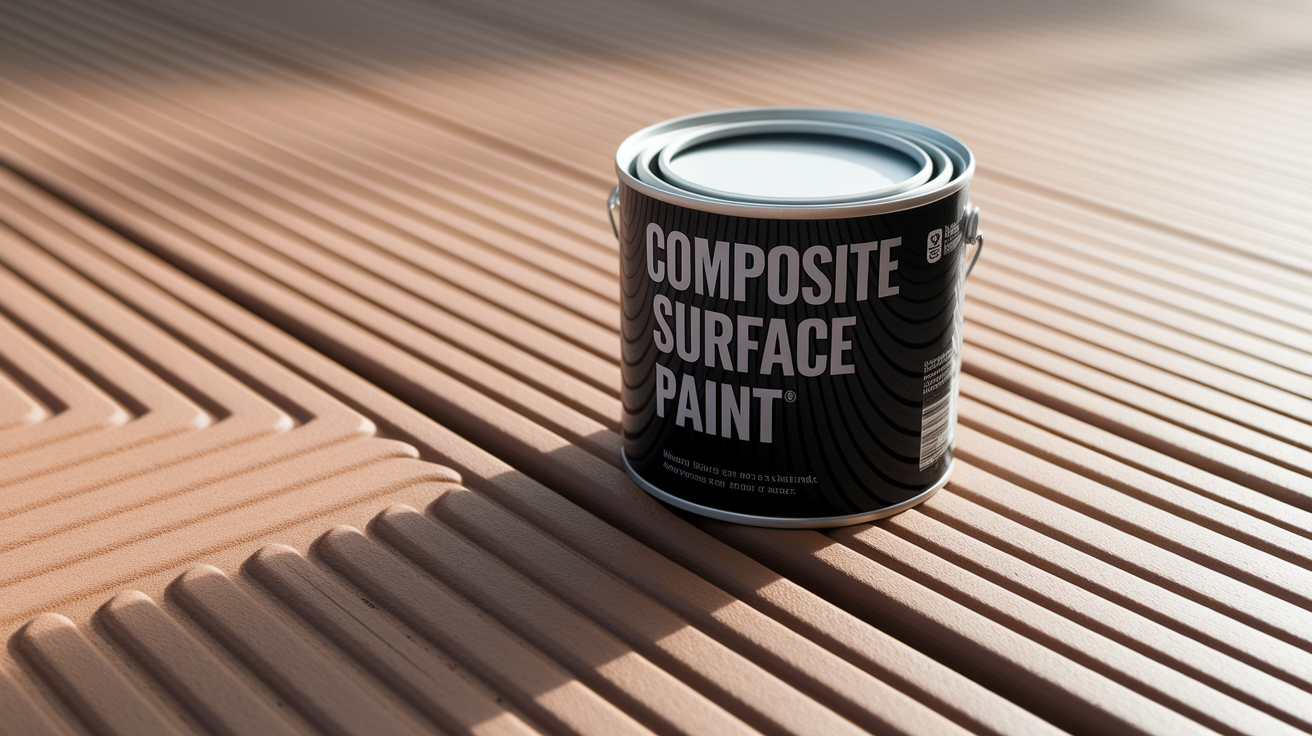
Look for paints specifically labeled for use on composite or plastic surfaces.
These specialized formulations contain additives designed to grip these challenging materials better than standard exterior paints.
5. Quality Primer Application
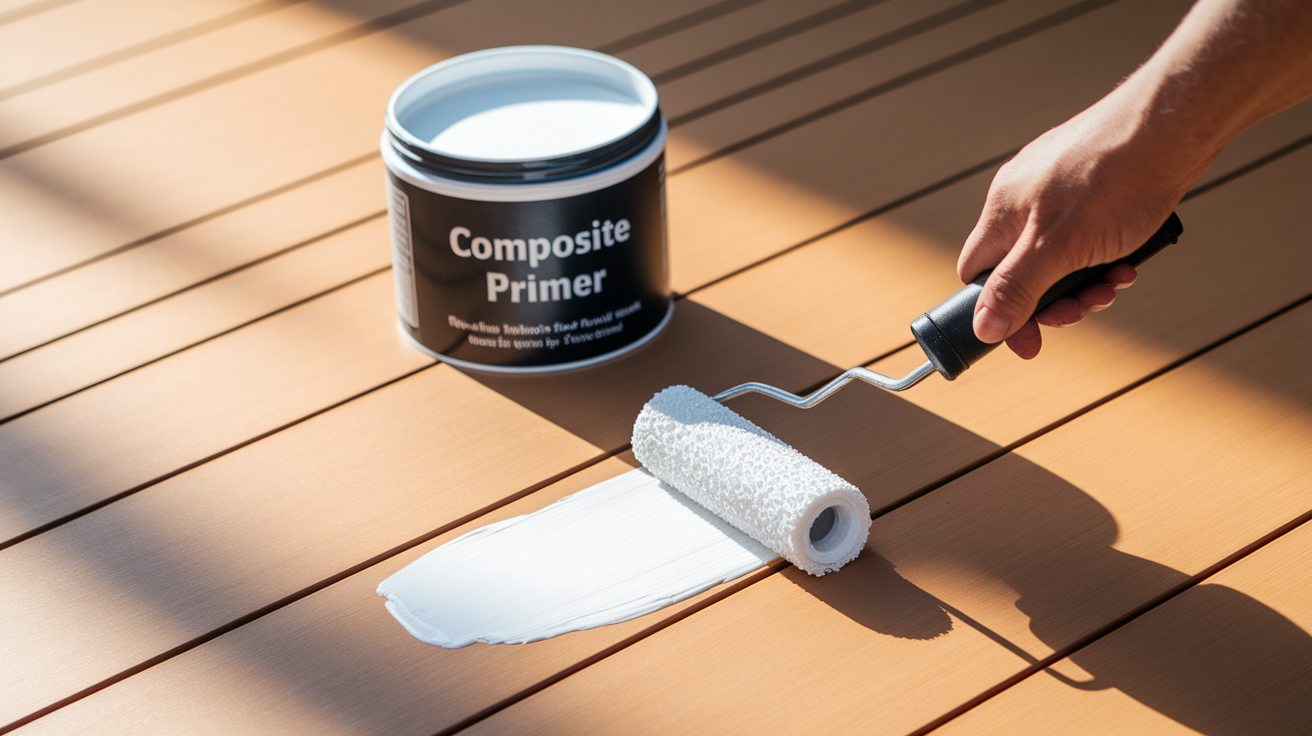
Using a primer designed for composite materials creates a foundation for better paint adhesion.
This step greatly improves the longevity of the paint job and helps prevent premature peeling or flaking.
Pros and Cons of Painting a Trex Deck
If you’re thinking about giving your Trex deck a fresh coat of paint, it’s worth weighing the benefits and drawbacks first.
Let’s break down the pros and cons to help you decide:
Pros of Painting
- Fresh Appearance: A coat of paint can give old or faded Trex decking a brand-new look.
- Color Customization: Paint offers virtually unlimited color options for matching home exteriors.
- Covers Imperfections: Paint can hide scratches, stains, or fading on older Trex decking.
- Potential Heat Reduction: Lighter paint colors can reflect sunlight, making the deck cooler in the summer.
Cons of Painting
- Maintenance Increase: Once painted, the low-maintenance benefit of Trex diminishes.
- Warranty Issues: Painting typically voids any manufacturer’s warranty on the decking.
- Peeling and Chipping Risk: Paint may not adhere perfectly, leading to peeling in high-traffic areas.
- Time and Cost: The process requires thorough cleaning, priming, and multiple paint coats.
- Slippery Surface Potential: Some paints can make the deck more slippery when wet.
- Trapped Moisture Issues: Paint can trap moisture, potentially causing mold or mildew problems.
Comparison of Staining vs Painting
|
Category |
Staining Trex Decking | Painting Trex Decking |
|---|---|---|
| Application Process | Stains soak into the surface, making application easier and more forgiving. Can be applied with a brush, roller, or sprayer. | Paint requires careful preparation, with proper priming and multiple thin coats for better adhesion and to avoid peeling. |
| Durability Factors | Stains need reapplication every 1-3 years, depending on weather and foot traffic. | Paint can last 3-5 years before requiring touch-ups, but high-traffic areas may need spot treatments sooner. |
| Appearance Differences | Stains increase the natural texture of the wood and allow the grain to show through. | Paint provides a solid, uniform color that hides the original texture, offering a more polished look. |
| Maintenance Requirements | Requires more frequent reapplication but is easier to refresh without removing the old stain. | Requires more work to maintain, especially for chipped or peeling areas, which need scraping and sanding before reapplication. |
| Weather Resistance | Stains allow better moisture evaporation but offer less UV protection and weather resistance. | Paint offers a stronger barrier against UV rays and harsh weather, providing better protection. |
| Cost Comparison | Stains are typically cheaper per gallon, but the frequent reapplication may make the long-term cost similar to paint. | Paint is more expensive initially due to the need for primer and more material, but its longer lifespan might offset the initial cost. |
Conclusion
Painting Trex decking offers a way to refresh and personalize your outdoor space. While this composite material can be painted, the choice has benefits and tradeoffs.
For the best results, choose exterior acrylic latex paint specifically designed for composite surfaces, and don’t skip the primer step.
The staining provides a more natural look but requires more frequent touch-ups, while painting lasts longer but needs more preparation.
Before starting your project, weigh the pros and cons carefully. Consider how much time you can invest in maintenance and whether warranty concerns matter to you.
With the right approach and materials, your composite deck can look exactly how you want it.


